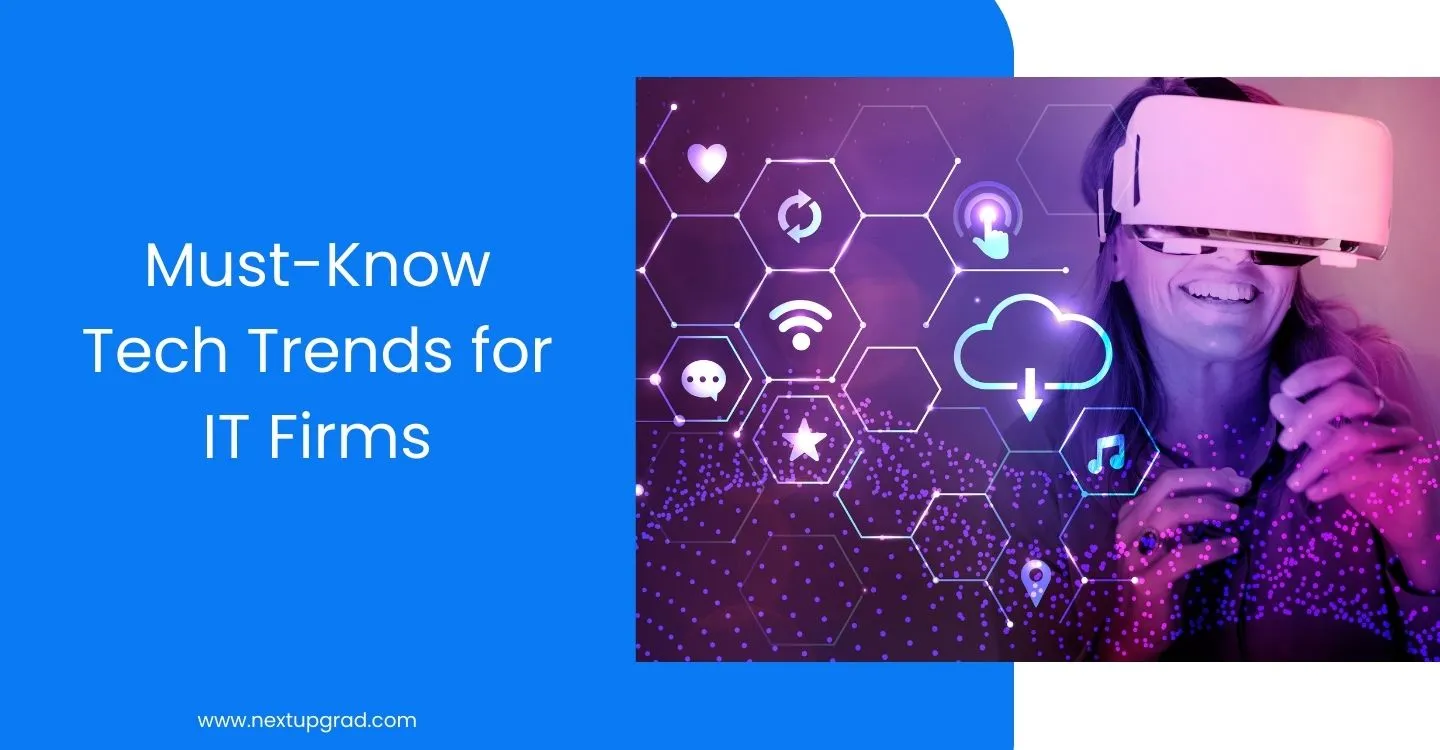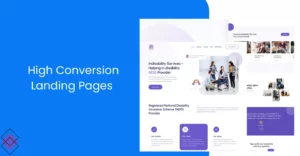The IT industry is a living organism, constantly adapting and growing. As we hurtle through 2024, several key trends are poised to reshape the technological landscape. Let’s delve deeper into these trends, offering valuable insights for our fellow IT veterans.
Here’s a look at the top 5 trends that IT leaders should keep on their radar:
1. AI/ML: From Hype to Hyper-focused Solutions
Artificial intelligence (AI) and machine learning (ML) have transcended their initial hype and are now embedded in practical applications. The focus has shifted towards:
- Explainable AI (XAI) is reshaping the trust landscape. According to Gartner, 70% of AI ventures will require XAI by 2025. XAI, such as healthcare tools that clarify their diagnoses or banking systems explaining credit decisions, is building public trust.
- AutoML is making AI accessible to the masses. With platforms like Google’s AutoML or H2O AutoPilot, everyone from shopkeepers predicting inventory to teachers spotting at-risk students can tap into AI.
- Tailored AI solutions are stepping into the limelight. Forget one-size-fits-all; we’re seeing AI legal assistants saving paralegals hours by sifting through case laws, and AI fraud detection systems in finance warding off fraudsters intelligently.
2. Generative AI: A Creative Spark Across Industries
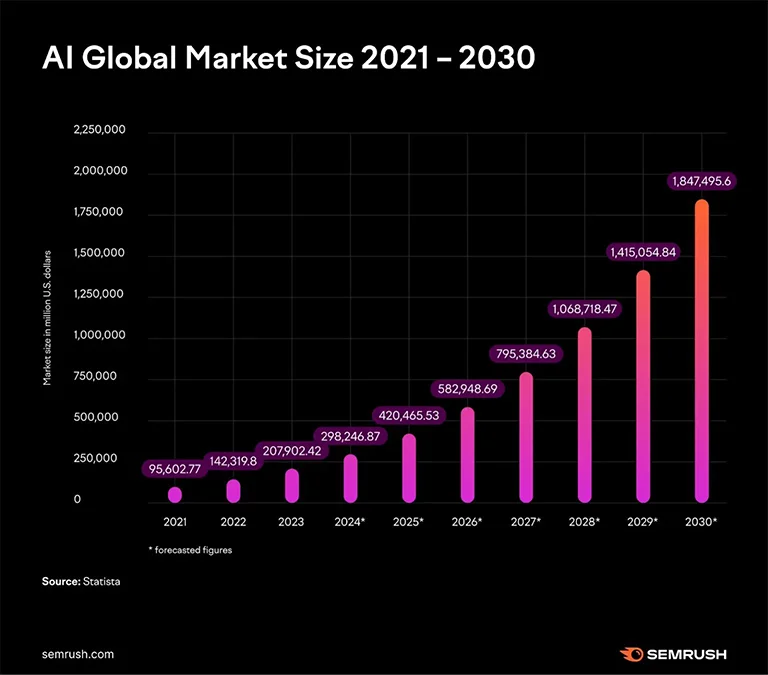
Generative AI, with its ability to create entirely new content, is poised to revolutionize various fields:
- Content Creation Powerhouse: A recent study by McKinsey suggests that AI-generated content creation will reach a market size of $10 billion by 2030. This technology can streamline workflows by generating realistic text formats, code snippets, images, and even video content.
- Personalized Experiences: Imagine a world where e-commerce platforms curate product recommendations based on your unique preferences, generated by AI in real time. This level of personalization can foster deeper user engagement.
- Accelerated Research and Development: In the realm of drug discovery, generative models can accelerate research by creating new molecules with desired properties. Similarly, in material science, generative AI can design novel materials with specific functionalities.
3. Cybersecurity Enhancements & Data Privacy: A Constant Vigilance
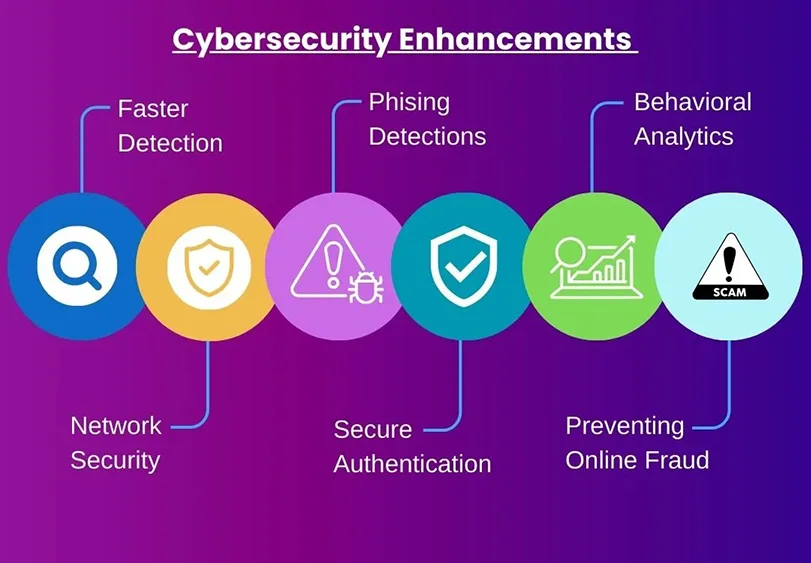
As the attack surface expands exponentially, robust cybersecurity measures are no longer a luxury, but a necessity. Here’s what to expect:
- Quantum-Resistant Cryptography (PQC): The looming threat of quantum computing necessitates the adoption of PQC standards. Cybersecurity firm Palo Alto Networks estimates that the global market for PQC solutions will reach $4.6 billion by 2027.
- Zero Trust Architecture (ZTA) Takes Hold: The traditional security model of “trust but verify” is giving way to ZTA, which emphasizes “never trust, always verify.” This shift ensures that every user and device requesting access undergoes rigorous authentication before being granted entry.
- Data Privacy Regulations in Focus: With regulations like GDPR (Europe) and CCPA (California) constantly evolving, staying updated on data privacy compliance is crucial for IT firms. Failure to comply can result in hefty fines and reputational damage.
4. AR/VR: Stepping into the Immersive Age
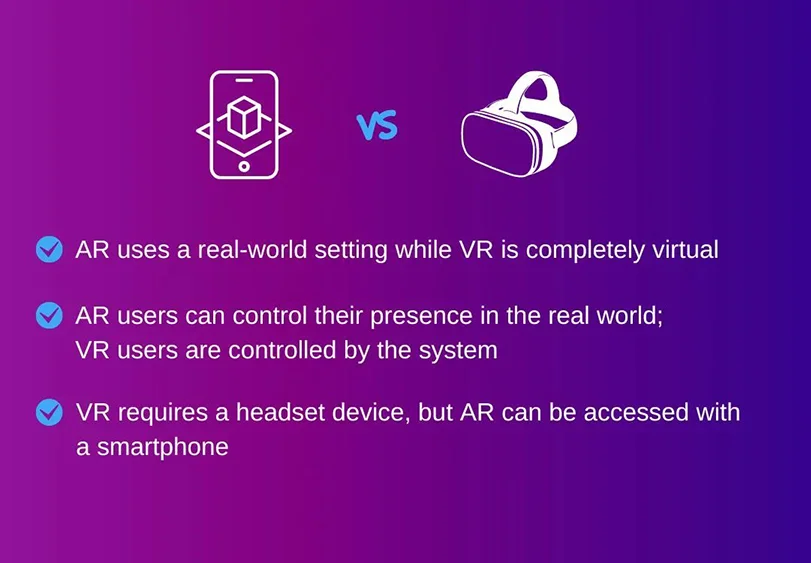
Augmented Reality (AR) and Virtual Reality (VR) are transitioning from niche applications to mainstream adoption:
- Enterprise AR Revolutionizes Workflows: Studies by tech giants like PTC suggest that AR can improve worker productivity by up to 30%. Imagine technicians using AR overlays for remote maintenance or surgeons utilizing AR during complex procedures.
- VR Prototyping and Design: VR allows for the creation of immersive prototypes, enabling designers and engineers to test and refine products before physical prototypes are built. This reduces development time and costs.
- The Rise of the Metaverse: The concept of a persistent, interconnected virtual world powered by AR/VR is gaining significant traction. While the metaverse is still in its nascent stages, it holds immense potential for social interaction, gaming, and even work environments.
5. Sustainability Technology: IT Goes Green
IT firms have a responsibility to minimize their environmental impact. Here’s how technology can play a key role:
- Green Data Centers: Data centers are notorious energy guzzlers. A shift towards energy-efficient designs and utilizing renewable energy sources like solar and wind power is crucial for a sustainable future.
- Sustainable Hardware and Software Development: Promoting the development and use of energy-efficient hardware and software solutions can significantly reduce the IT industry’s carbon footprint.
- E-waste Management: The ever-growing mountain of electronic waste (e-waste) poses a significant environmental challenge. Developing efficient processes for responsible e-waste disposal and recycling is essential for a sustainable future.
Conclusion:
The IT landscape is constantly evolving, and staying ahead of the curve is crucial for businesses to thrive. By familiarizing themselves with the top trends like Generative AI, sustainability technology, and the continued rise of AR/VR, IT firms can position themselves to deliver innovative solutions and empower their clients. Embracing these trends will not only enhance efficiency and security but also open doors to exciting new possibilities.

